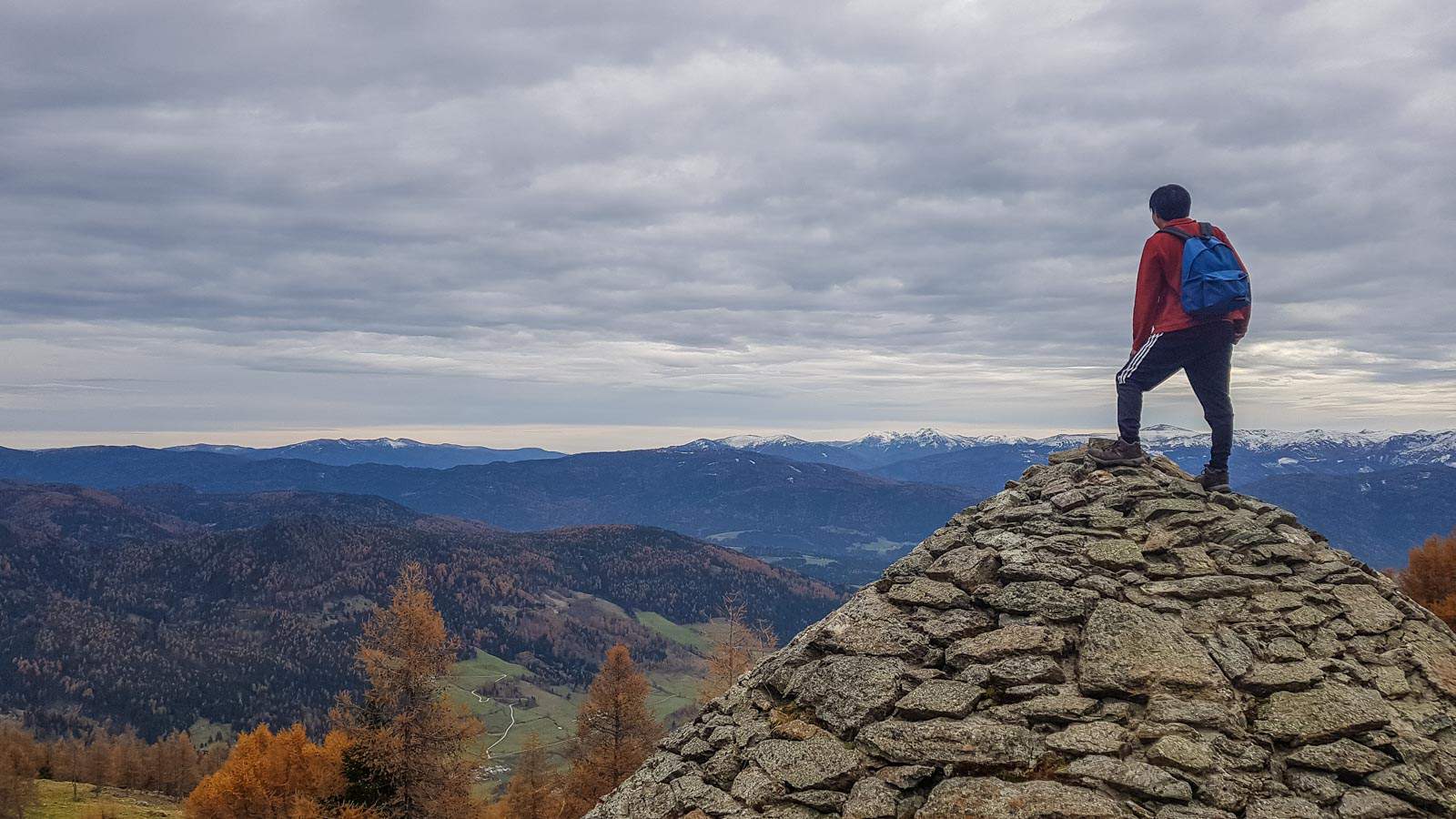Hiking in bear country
Lynn Rogers, a bear researcher for the past 40 years, and founder of the Black Bear Institute, has developed a set of guidelines for hiking in bear country.
Knowing what to do and how to behave when the moment comes will keep you and the bear safe – and your spirits high!
Here’s how you can make your back country (bear) experiences positive and conflict free:
- Be prepared! Learn how and why bears behave and know how to react to an encounter or attack.
- Before setting out, check with the appropriate authorities (provincial wildlife officer, park warden, etc.) to see if there has been any bear activity along your route. Obey all trail closures and information signs. If there are bears in the area, consider choosing a different route.
- Always, always carry bear pepper spray or another deterrent – and know how to use it.
- Stay alert and watch for bears and bear signs. Tracks, trampled vegetation or scat are all signs that bears may be nearby. Be especially alert where bear foods are abundant.
- Make lots of noise. If a bear hears you coming, it will usually avoid you. Warn bears of your presence by talking calmly and loudly or singing, especially in dense bush where visibility may be limited or around rivers or streams where bears have trouble hearing you coming. Your voice will help identify you as human and non-threatening. Use bear bells to additionally make noise.
- Travel in a group during daylight hours. There is no record of a bear attacking a larger group of people.
- Avoid animal carcasses. Make a wide detour if you smell or see signs of a dead animal (e.g. ravens circling). Bears can kill sheep and goats for food, and they are attracted to carcasses that have been killed by other causes. Leave the area if possible.
- Keep dogs on a leash and under control. Dogs may be helpful in detecting bears, but they may also agitate them and create a conflict situation.
- Keep your distance. Never approach bears. If a bear (or any animal) approaches, back away in order to maintain a safe distance. Use binoculars, spotting scopes and telephoto lenses to view and photograph wild animals up close.
- Secure all potential bear attractants. Never feed a bear, either intentionally or unintentionally, by being careless with your garbage or food scraps. Always store your food and garbage in a bear-proof container or hang it in a tree.









